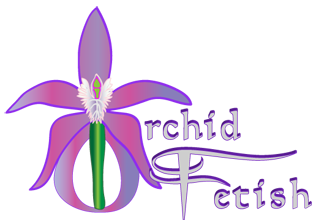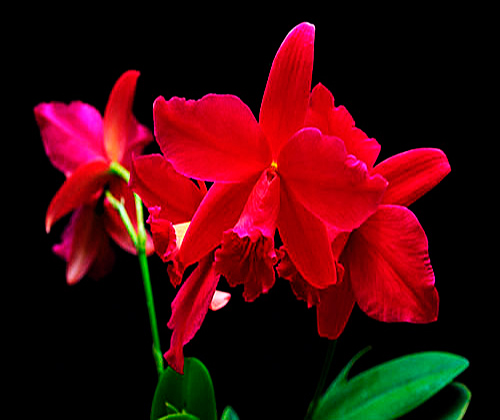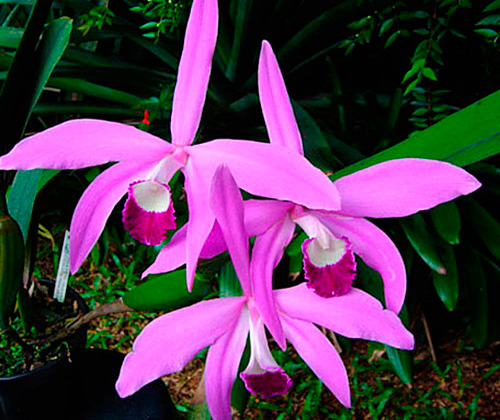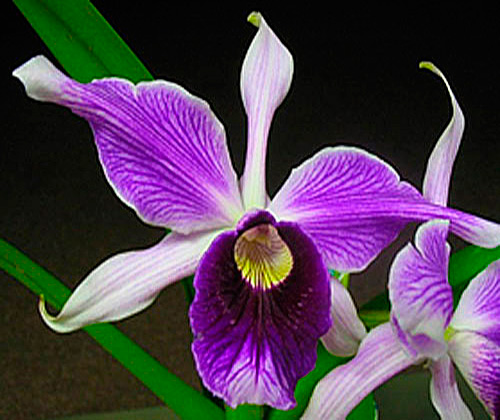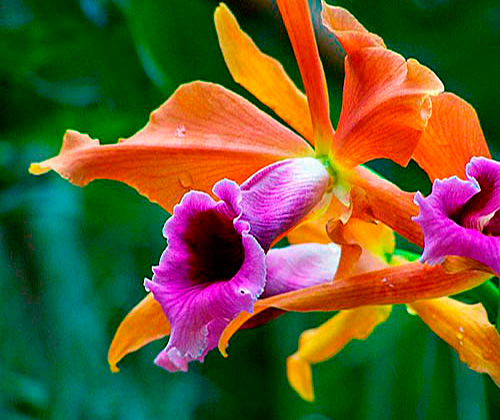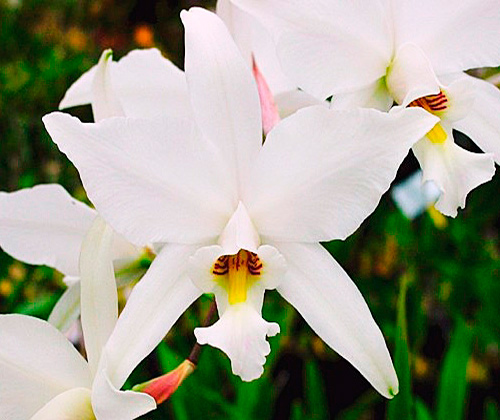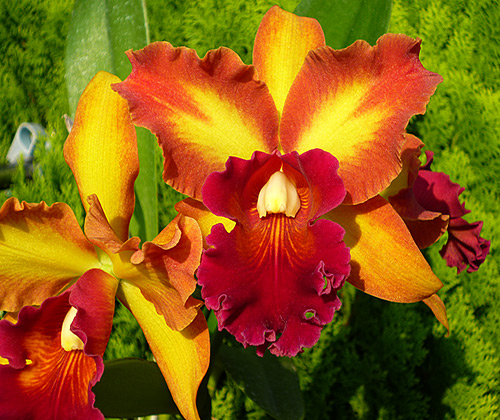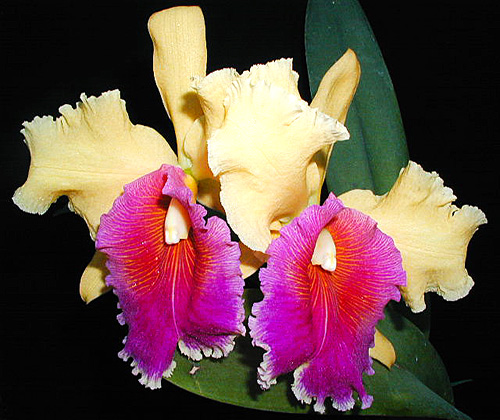Laelia Orchid
The Star Orchid
The original Laelia genus was one of the dependable breeders of the orchid world. Not only were these plants lovely on their own, with a variety of beautiful flowers and species, they were readily crossed with Cattleya, Sophronitis and Brassavola species to create some of the most beautiful orchids in the world. Recent name changes, however, have upended the traditional taxomony, and today the Laelia genus has been reduced to a few species of Mexican Laelia, while the much more famous Brazilian Laelia have been renamed. Unfortunately, however, confusion abounds: the traditional Laelia genus is still widely used, and the renaming of plants hasn't caught up with the mass trade. For that reason, I'll include both the "traditional" Laelia orchids in this group and the revised species list. For more information on the name change, please see "Taxonomy and Structure." In general, Laelia are durable and easy-to-grow plants that can easily thrive on a windowsill with a little bit of attention.The orchid genus Laelia is closely related to the genus Cattleya and was once included in the same grouping. The number of pollenia (pollen sacks) is the primary reason for separating these families into these two categories. Laelias are found only in Mexico and parts of South America and have been cultivated in their home countries since prehistoric times. The flowers are generally more star-shaped than Cattleyas since they have narrowing petals and sepal. Bright, bold color is one thing that Laelias are well known for. In fact, many of the brighter Cattleya hybrids owe their brilliance to Laelia genetics.
Light
Laelia orchids grow in conditions similar to Cattleya. They thrive in bright conditions, but dislike direct sunlight. One of the easiest Laelia to grow is the L. anceps, which features creamy white flowers on a very long inflorescence.
Temperature
Laelia orchids grow in subtropical as well as temperate regions in Mexico and Central America, including high elevations. So, its a good idea to do regional research on your Laelia to discover its exact temperature requirements. If your Laelia species originates from high elevations, it will appreciate and thrive in fairly cool conditions, combined with dry air and plenty of sunshine. If the plant is native to the rainforest, it will prefer warmer temperatures and moisture during the summer and dry cool winters. If your Laelia orchids come from lower elevations, they will prefer warmer temperatures. Overall, Laelia orchids benefit from a resting period during the winter after they have finished blooming. If your orchid hails from higher elevations it is ideal to provide it with temperatures in the 69-73°F (21-23°C) range during the day and 52-53°F (11-12°C) during the night. As spring returns, you can gradually increase the temperature up to 75-79°F (24-26°C) during the day and 61-63°F (16-17°C) during the night.
Humidity & Water
Laelia do not require especially high humidity, which partly reflects their roots as relatively high altitude plants. When they're growing, keep them well hydrated, with about 50% humidity if possible. When the growing season ends, reduce watering and humidity and give them cooler temperatures. Most Laelia flower during the winter, after the growing season is over.
Fertilizer
The Laelia orchid should be given a high-nitrogen fertilizer from spring to midsummer. In late summer, it is time to switch to a fertilizer high in phosphate and continue to use it through fall. During the winter no fertilizer should be added to the water. Start again with a nitrogen rich fertilizer when you resume heavy watering in spring.
Potting
Laelia adapt well to pot culture, or they can be grown mounted on slabs of tree fern bark. If you're growing in a pot, make sure to use a fast-draining orchid mix (typically including pine bark, expanded clay pellets, and charcoal). Repot after the bloom is done, at the beginning of the growing season. A majority of the Laelia orchid species grow on trees (epiphytes), but some grow on stones (lithophytes). What both types have in common is that their roots will rot if they are forced to stand in a soggy potting medium. Picking a well draining potting medium is therefore an essential part of good Laelia orchid care. Ideally use a coarse and open medium that allows the orchid roots to dry quickly after each watering. If you still encounter problems with root decay, add chopped tree-fern fibre and broken pieces of sandstone to the potting mix.
